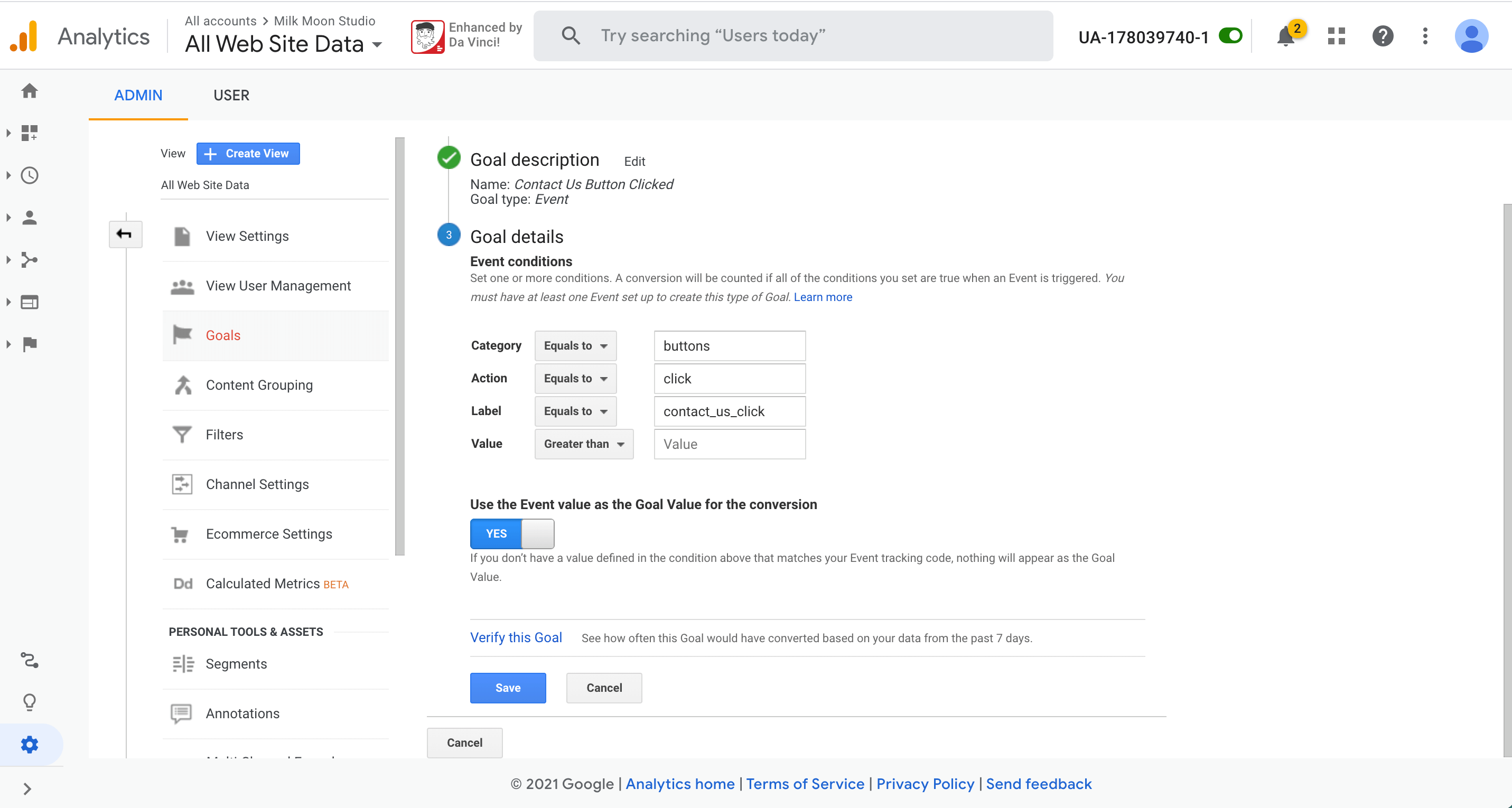What Data Is Google Analytics Goals Unable to Track: Learn the Limitations
What Data Is Google Analytics Goals Unable to Track: Learn the Limitations
Blog Article
Discover the Limitations of Google Analytics Goals: Introducing the Information Types That Remain Untrackable
As services significantly rely upon data-driven decision-making, comprehending the constraints of tools like Google Analytics comes to be paramount. While Google Analytics Goals offer beneficial understandings right into individual communications, there exist information types that thwart monitoring, posturing difficulties to an extensive understanding of individual actions. These untrackable data types elevate questions concerning the precision and efficiency of the analytics data that companies greatly count upon for their electronic strategies. Interested to discover the covert unseen areas in your information analysis process?
Incomplete Customer Trip Tracking
Insufficient customer journey monitoring within Google Analytics can impede the capability to properly assess customer habits. When the user journey is not fully tracked, there are gaps in the data that protect against a comprehensive understanding of just how individuals engage with a website. This lack of understanding can result in missed opportunities for optimization and improvements to the individual experience.
One typical concern with insufficient individual trip tracking is the lack of ability to see the full path that customers take previously completing an objective or leaving the site. Without this details, it is challenging to identify where users may be running into barriers or friction points that stop them from converting. In addition, incomplete monitoring can cover the influence of certain marketing initiatives or internet site adjustments on user habits.
To address this limitation, it is important to establish appropriate tracking devices within Google Analytics to catch the whole customer journey. This might entail establishing event tracking, objective funnels, or utilizing tools like Google Tag Manager to guarantee that no essential interactions go unrecorded. By gaining a thorough sight of the customer trip, site owners can make more informed choices to boost customer interaction and drive conversions.
Acknowledgment Challenges
Browsing with attribution difficulties in Google Analytics needs a comprehensive understanding of exactly how various touchpoints contribute to the overall conversion process. Attribution difficulties emerge from the intricacy of modern customer trips, where users connect with several networks prior to converting.
One typical attribution difficulty is the difficulty in connecting conversions to the right resource, especially in situations where individuals communicate with several networks before converting. Furthermore, cross-device tracking poses an additional attribution difficulty, as users usually switch between gadgets throughout their journey, making it challenging to track their interactions effortlessly.
Offline Conversions
Provided the difficulties connected with associating conversions precisely in online networks, the dimension of offline conversions presents a considerable possibility for online marketers seeking a much more extensive understanding of their customers' journey. Offline conversions describe activities that consumers absorb the physical world, such as making acquisitions in brick-and-mortar stores or over the phone, attending events, or engaging with printed materials - what data is google analytics goals unable to track. These conversions are critical for businesses that operate both online and offline, as they give important understandings into the performance of advertising campaigns throughout numerous touchpoints
Tracking offline conversions commonly posed a considerable obstacle for marketing experts, as it was testing to link these actions back to particular on the internet interactions accurately. With advancements in innovation, such as the assimilation of CRM systems, distinct official statement identifiers, and promo code codes, businesses can now connect the space in between online and offline information to gain a more alternative sight of customer behavior. By efficiently determining offline conversions, marketers can enhance their methods, allot resources much more successfully, and ultimately enhance the general customer experience.
Cross-Device Tracking
Cross-device monitoring plays an important function in comprehending the interconnected nature of customers' digital communications throughout multiple gadgets. In today's omnichannel world, where individuals effortlessly change in between mobile phones, desktops, and tablets, tracking their habits across these tools is vital for marketing professionals to gain an extensive sight of their consumer journey.

Additionally, privacy problems and laws such as GDPR and CCPA have further difficult cross-device tracking. With individuals demanding more control over their information and raised limitations on monitoring innovations, marketing professionals should discover privacy-compliant and cutting-edge ways to link individual interactions throughout tools.
Dynamic Content Interaction
Comprehending individual engagement with dynamic material is crucial in enhancing electronic marketing strategies for enhanced audience communication. Dynamic web content describes site elements that transform based on individual behavior, choices, or other variables, supplying an individualized experience. Nonetheless, tracking customer communications with dynamic web content poses difficulties for standard analytics devices like Google Analytics.
While Google Analytics can track standard communications like clicks and page sights, it may struggle to capture more nuanced involvements within dynamic web content. what data is google analytics goals unable to track. Metrics such as time invested in certain vibrant components, hover actions, or interactions within pop-ups are often not quickly measurable using standard monitoring approaches. This constraint impedes marketing experts' capacity to completely realize exactly how users are involving with vibrant web content and customize their methods as necessary

Verdict
In final thought, Google Analytics goals have constraints in tracking incomplete user trips, connecting conversions precisely, recording offline conversions, tracking cross-device interactions, and determining vibrant material interaction. These constraints highlight the importance of exploring added monitoring approaches and devices to obtain a much more extensive understanding of individual habits and conversions past what Google Analytics can offer.
While Google Analytics Goals deal useful understandings into individual interactions, there exist information kinds that elude tracking, positioning difficulties to an extensive understanding of individual habits.Incomplete individual journey tracking within Google Analytics can prevent the capability to precisely evaluate customer actions. When the customer journey is not fully tracked, there are voids in the information that stop a detailed understanding of how users communicate with an internet site.One usual issue with insufficient individual trip tracking is the failure to see the full path that customers take previously finishing a goal or leaving the site. By getting a thorough sight of the individual trip, website proprietors can make even more informed decisions to enhance customer involvement and drive conversions.
Report this page